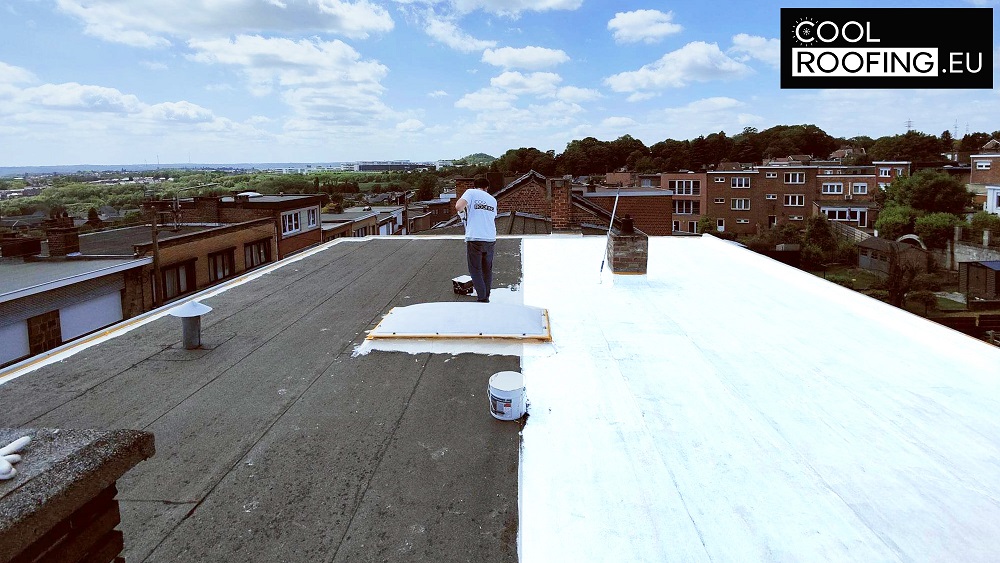
In the quest for sustainable and energy-efficient solutions, the concept of the cool roof has gained significant traction. A cool roof is designed to reflect more sunlight and absorb less heat than a standard roof. This simple yet effective technology holds immense importance in mitigating the urban heat island effect and reducing energy consumption.
Cool roofs are typically made of materials that have high solar reflectance and thermal emittance properties. These materials can reflect up to 70% of the solar energy that falls on them, compared to traditional roofs that absorb a significant portion of it, leading to higher indoor temperatures.
Cool Roofs Reduce the Heat Absorbed by Urban Surfaces
The benefits of cool roofs extend beyond individual buildings. By reducing the heat absorbed by urban surfaces, they help combat the urban heat island effect, where cities become significantly warmer than their rural surroundings due to human activities and the built environment. Cooler cities mean less strain on the power grid, lower energy bills, and improved air quality as a result of reduced energy consumption and lower emissions from air conditioning units.
Cool Roofs Contribute to Mitigate Climate Changes
Cool roofs contribute to mitigating climate change by reducing the demand for air conditioning, which in turn reduces the emission of greenhouse gases associated with electricity generation. This aligns with global efforts to combat climate change and transition towards more sustainable practices.
Implementing cool roof is not only environmentally responsible but also economically beneficial. While the initial installation cost may be slightly higher than that of traditional roofs, the long-term savings on energy bills and maintenance costs outweigh the initial investment.
Cool roofs play a crucial role in creating more sustainable and resilient cities. By keeping buildings cooler, reducing energy consumption, and mitigating the urban heat island effect, they contribute to a healthier and more sustainable urban environment for present and future generations.